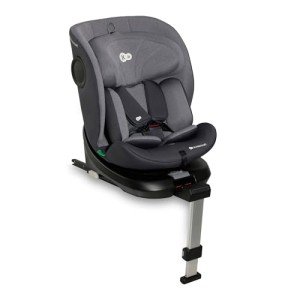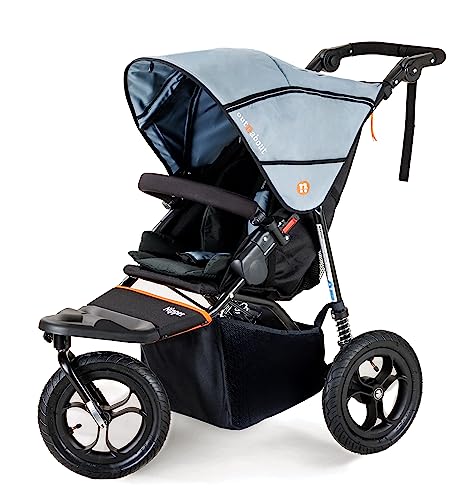
Push Chairs And Prams
Add a review FollowOverview
-
Sectors Medical Technician
-
Posted Jobs 0
-
Viewed 12
Company Description
Why We Why We Prams Pushchairs (And You Should Also!)
Understanding Baby Prams and Pushchairs: A Comprehensive Guide
When it comes to taking care of a newborn or a baby, couple of items are as essential as a reputable baby pram or pushchair. These mobility help provide a safe, comfortable method to carry babies while enabling parents and caretakers the freedom to browse the world. This article checks out the various elements of baby prams and pushchairs, assisting parents make informed choices about which product may be best matched for their household’s needs.

What Are Baby Prams and Pushchairs?
Baby Prams: These are typically created for infants and really young babies. They have totally reclining seats that permit a flat position, making them appropriate for newborns. Prams typically include a big, deep body, supplying extra protection and convenience.

Pushchairs: Pushchairs, also understood as strollers, are more flexible and can typically be adjusted for toddlers also. They are lightweight, simple to navigate, and frequently include a range of seating positions, consisting of reclined and upright.
| Ideal Age | Newborn to around 6 months | Newborn to 3 years or more |
| Seat Position | Totally reclined | Adjustable (reclined and upright) |
| Weight | Much heavier, more robust | Lighter, more compact |
| Folding Mechanism | More intricate folding | Normally simpler folding |
| Maneuverability | Can be less maneuverable | Extremely maneuverable |
Secret Features to Consider
When choosing a baby pram or pushchair, potential purchasers should think about numerous essential functions that can affect the use and comfort for both the child and the caretaker.
1. Security Features
- Five-point Harness: Ensures the baby is securely strapped in.
- Brakes: Reliable braking systems avoid mishaps.
- Stability: A wide base and sound frame enhance stability.
2. Convenience
- Cushioning: Ample padding on the seat makes sure convenience.
- Suspension System: Provides a smoother ride on irregular surfaces.
- Canopy: A large, adjustable canopy safeguards the baby from sun and rain.
3. Portability
- Weight: Lighter models are much easier to raise and carry.
- Folding Mechanism: Easy folding styles permit fast storage and transport.
- Compact Size: A more compact size makes it much easier to fit into vehicle boots and tight areas.
4. Flexibility
- Convertible Options: Some models can be changed from a pram to a pushchair.
- Reversible Seat: Allows the baby to deal with the parent or the world, depending on choice.
- Devices: Look for alternatives that can accommodate safety seat or have a storage basket.
5. Toughness
- Material Quality: Invest in higher-end materials for longevity.
- Weather condition Resistance: Water-resistant materials make sure that the pram/pushchair can hold up against different weather condition conditions.
Kinds Of Baby Prams and Pushchairs
Numerous types of baby prams and pushchairs satisfy various function requirements, lining up with moms and dads’ particular way of lives.
1. Travel Systems
Travel systems normally integrate a cars and truck seat and a stroller in one package, permitting smooth transportation from cars and truck to pram or pushchair without interrupting the baby.
2. Umbrella Strollers
Umbrella strollers are light-weight and hassle-free, developed for easier maneuverability. They are ideal for quick trips and might do not have some functions discovered in full-size strollers.
3. All-Terrain Pushchairs
These are perfect for active families who enjoy treking or taking walks on rugged surfaces. They normally come with larger wheels for stability.
4. Jogging Strollers
Jogging strollers are created for moms and dads who want to combine exercise with childcare. They feature durable frames and fixed front wheels to enhance safety during a run.
The Importance of Choosing the Right Option
Selecting the appropriate baby pram or pushchair is not merely a matter of preference; it directly impacts the security and convenience of the baby. Additionally, the right option can profoundly affect the way of life of the caregivers.
Benefits:
- Convenience: A well-chosen pram or pushchair makes getaways simpler and more pleasurable.
- Health: Proper support assists in spine and skeletal advancement in babies.
- Bonding: Outdoors play a critical function in parent-child bonding.
Frequently Asked Questions (FAQs)
1. At what age can my baby use a pushchair?
The majority of pushchairs are developed to accommodate infants as young as six months, although some models can be gotten used to securely carry newborns when used with suitable cars and truck seats.
2. How do I keep my baby pram or pushchair?
Regular cleaning is important. Wipe down the frame and fabric with a moist fabric and mild soap. Regularly inspect the wheels and brakes for wear and tear.
3. Can I use a baby pram for running?
Typically, no. Regular baby prams lack the stability and style required for jogging. It is much safer to utilize a stroller particularly created for that purpose.
4. How do I choose the best size?
Consider how typically you will be utilizing the pram/pushchair and where. If area is limited, search for a more compact design. For outdoor experiences, select one with bigger wheels and great suspension.
Baby prams and pushchairs are important tools for parents and caretakers, enabling safe and comfy transportation of infants and toddlers. By comprehending the numerous functions, types, and benefits involved, caretakers can choose the best movement help matched to their requirements. Whether it be an advanced travel system or a simple umbrella stroller, the right purchase can substantially enhance the experience of being a parent, making outings pleasurable and trouble-free for both parents and babies alike.


